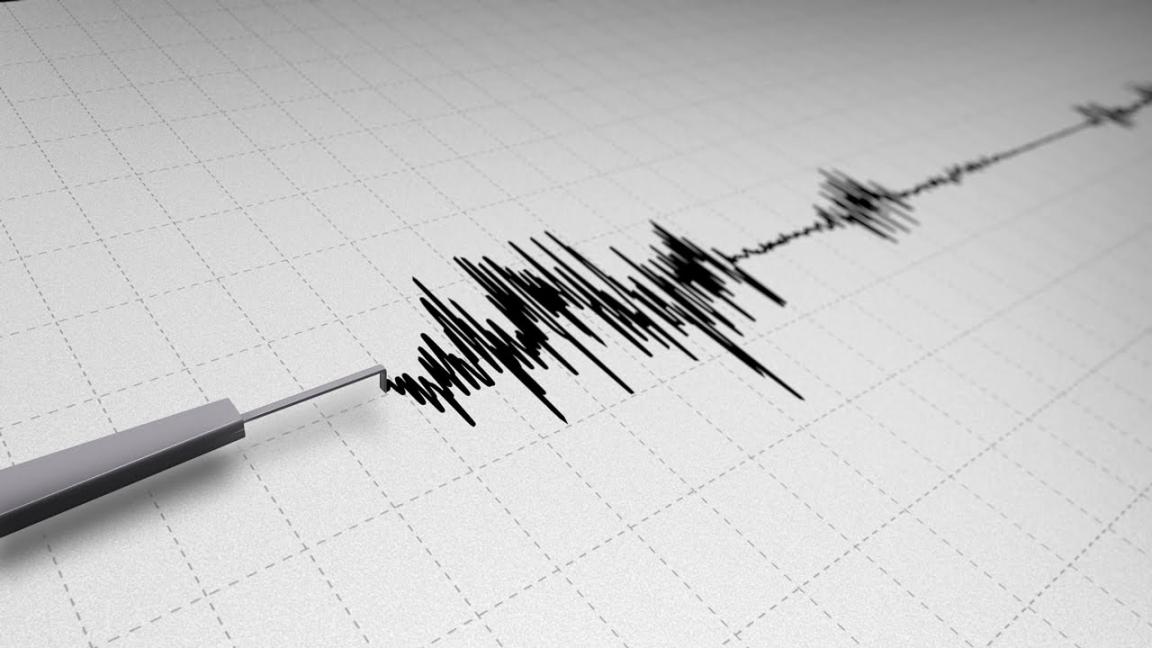During the 65 days from January 28 to April 5, 2015, 30 earthquakes over 4 on the Richter scale were registered in various parts of the country, said Mohammad Shekarchizadeh at the second international conference on earthquakes held at Imam Khomeini International University in Qazvin city, 165 km northwest of Tehran.
The earthquake hazard map shows that the situation in a significant portion of Iran “is high or at very high risk” as there are many fault lines in different regions, Alef News Agency quoted him as saying.
Following the devastating earthquakes in Southern Khorasan, in August 1968 and September 1978, that left 12,000 and 25,000 people dead, respectively, the idea of creating a research center within the framework of the UNDP in Iran emerged 50 years ago in the country. Thus the National Strong Motion Program (NSMP) operated by the Iran Strong Motion Network (ISMN) officially began its activities in 1973. “It has more than 40 years of practical experience and research work in various fields. It also carries out activities to confront earthquake risks across the country,” he said.
The biggest possible earthquake in Iran would be 8 on the Richter scale, said Dr. Mahdi Zarei, head of the international earthquake research institute.
The Iranian plateau is one of the most seismically active areas in the world and frequently suffers destructive earthquakes that cause heavy loss of human life and widespread environmental damage. Safeguarding life and property from destructive effects of earthquakes is a major national problem. Earthquake strong motion data provide the basis for design of buildings, bridges, dams and other critical structures as well as the basis for research on fundamental problems related to earthquake processes, and internal structure of the earth.
Well Equipped
The ISNM is well equipped and on par with European countries. It operates and maintains strong-motion instruments in many regions of the country. Until 1992, the ISMN had 274 analog accelerographs. The ISMN also has 1140 digital accelerographs. An accelerograph can be referred to as a strong motion seismograph, or simply an earthquake accelerometer. They are usually constructed as a self-contained box, more commonly now being connected directly to the Internet.
Accelerographs are useful when the earthquake ground motion is so strong that it causes the more sensitive seismometers to go off-scale. There is an entire science of strong ground motion dedicated to placing accelerographs in the vicinity of major faults.
Providing comprehensive database of strong motions, seismographs processing, and also monitoring of seismic behavior of important buildings and structures, are among the most important measures of the NSMP.


